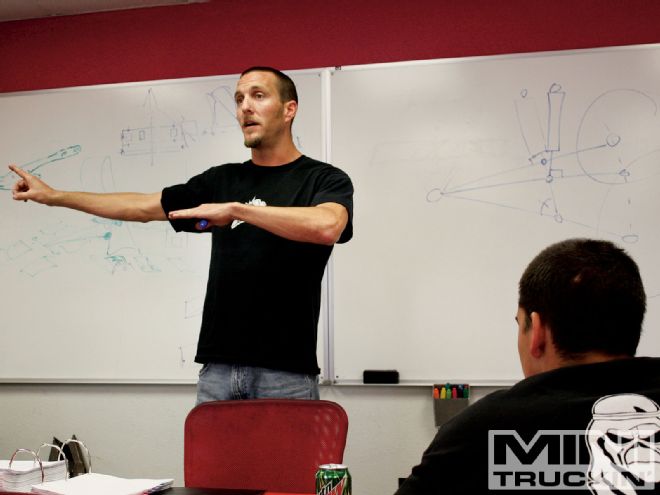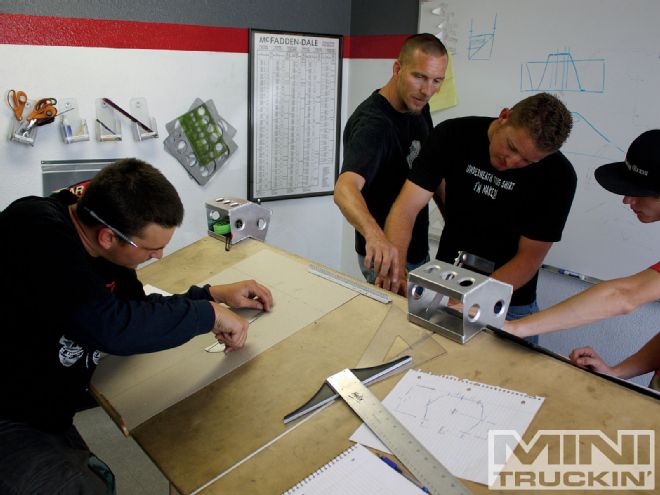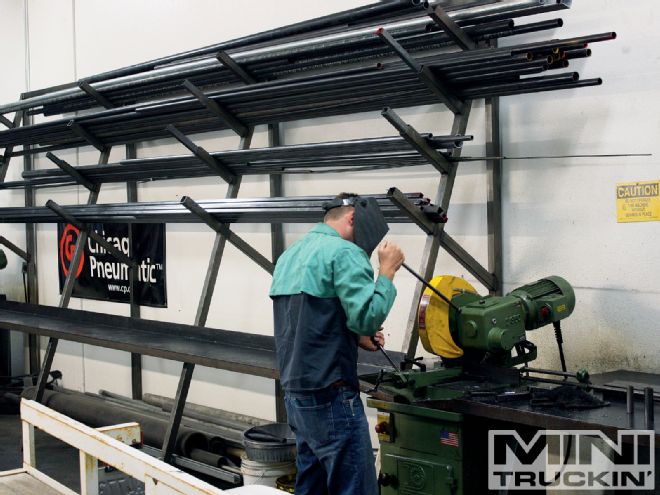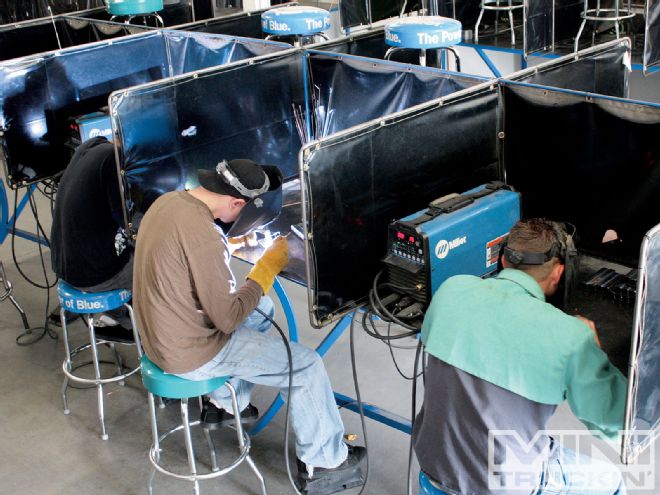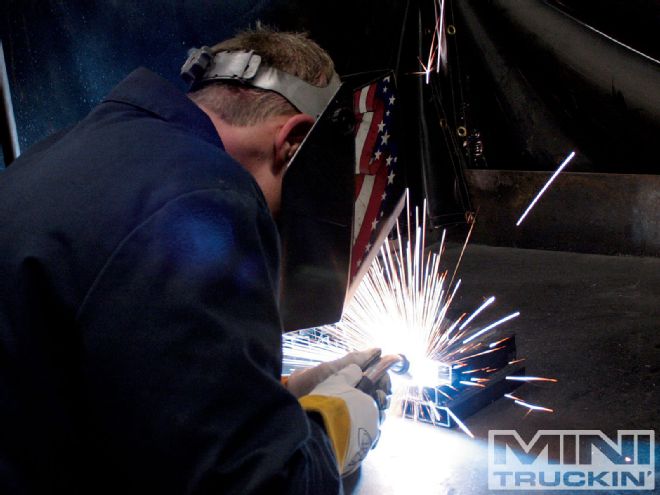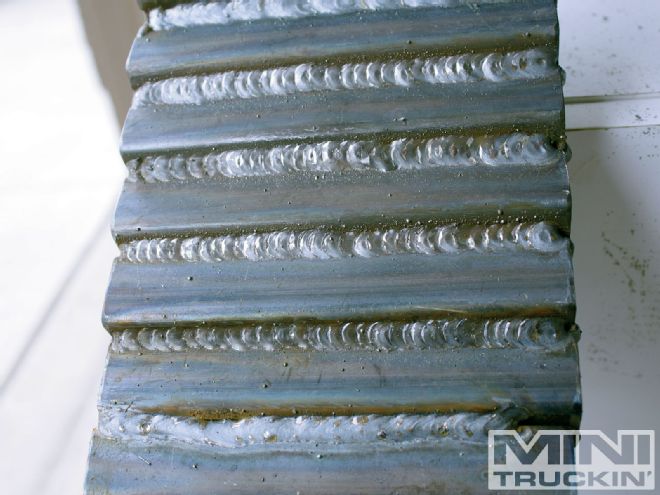What inspires a guy to leave the relative comfort of a cushy desk job and pick up a MIG welder? Maybe a hobby turned Into a full-time passion? Or perhaps an unexpected arrival of a Hobart MIG welder for my birthday-thanks hon!

| crash Course Program The Fab School fabrication School
The best projects start with the proper know-how so the hunt was on for a proper instructional program. An assortment of local institutions offered wide-ranging programs and if I wished to learn to weld high-pressure natural gas pipelines they would probably have been very helpful. Although community colleges are inexpensive, none seemed to fit my needs or busy schedule and short timeline. That's when I came across The Fab School in Riverside, California. A few clicks later and I had reviewed all of their programs as well as scheduled a tour of the facility. My hopes were up and the race truck drawings my son presented each night at dinner helped keep me focused.
Courses at The Fab School range from basic to advanced and present a unique opportunity to learn countless aspects of motorsports fabrication. My head was swimming with the possibilities and I could already see my garage converted into a full race shop. Family and career obligations were certain to impair that fleeting dream, but the final listing on The Fab School curriculum made it completely doable. Dubiously named the "Crash Course", a four-week program that met twice a week, looked to provide a nice balance between learning and earning.
Required helmet and tools in hand, I hit day one with an unprecedented level of enthusiasm. The Crash Course program was intimate by design, with only a handful of students in each class, taught by a primary instructor as well as intermittent support from other teachers within the program. Day one began with a safety review and thirty minutes of orientation and then went right into hands-on MIG welding. By lunch, I had already learned the basics of two separate welding techniques and was well aware of why they called this the Crash Course. Day two offered the same full-throttle pace, opening up with the basics of measuring techniques as they related to tube fabrication and then back to the MIG welders. By midday, I had easily burned through a hundred feet of wire and could lay down a passable bead. Thanks to relentless firsthand attention, my work was getting better by the hour. Tube notching came next, beginning with a rudimentary fence post notcher which allowed crude but quick cuts. I spent the following weekend garage bound and inspired to practice.
The MIG seat time payed off as week two began with an evaluation of our work and I was able to pass with a respectable joining of metals. Feeling cocky with my initial success, I moved onto TIG welding and immediately hit a wall. Seems the utilization of two hands and one foot was more than my brain could handle and I was clearly struggling. Once again, course instructor Dan Moore came to my rescue and spent the time to walk me through the fundamentals. By day's end, my work and understanding of another welding discipline had increased a thousand fold. Week two ended with an attention-grabbing discussion of suspension theory, including bumpsteer, three- and four-link designs, caster, camber, and motion ratios amongst other aspects. Like each of the previous segments, we were required to pass a written test of our newly acquired knowledge.
Halfway though the program, I had learned enough in two weeks to dabble with a few projects of my own and my kid's truck already had a tube bumper in the works. Week three opened up with the next logical step and had us working with holesaw-style tubing notchers and hydraulic benders. Hours were spent bending and fish mouthing tubes so they would fit properly over other tubes and at some point form the foundation of a roll cage, chassis member, or even a simple tire rack. Week three, day two saw the class doing a TIG review, suspension review, and a final test of notching skills. The tempo was relentless, but never overwhelming. Clearly in the home stretch and already planning more ambitious projects, we were split into groups and asked to measure out a fellow student's truck for a simple roll bar. The project would encompass several of the techniques we had learned, but in a more "real world" situation and would also incorporate pattern making and scale modeling. The eventual result was a half-scale roll bar that was critiqued for bending symmetry and fitment. The last task was much harder than it looked, and was a real eye-opener as to the critical nature of proper use of a tape measure. Four weeks had passed in a blink of an eye, yet my skill arsenal had grown more than I could have imagined. The course opened my eyes to the fundamentals and allowed me to learn in a month what I would have spent the next several years attempting to pick up on my own, and without all the wasted time and metal. For that alone, it was definitely worth the price of admission. Although my garage isn't quite the race shop I had dreamt of, it's getting closer by the day and I owe much of the credit to my new friends at The Fab School and a much appreciated fabrication education.
